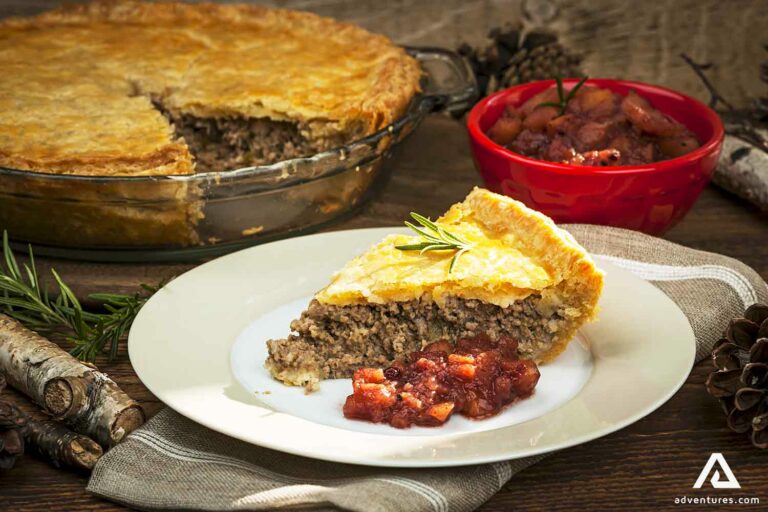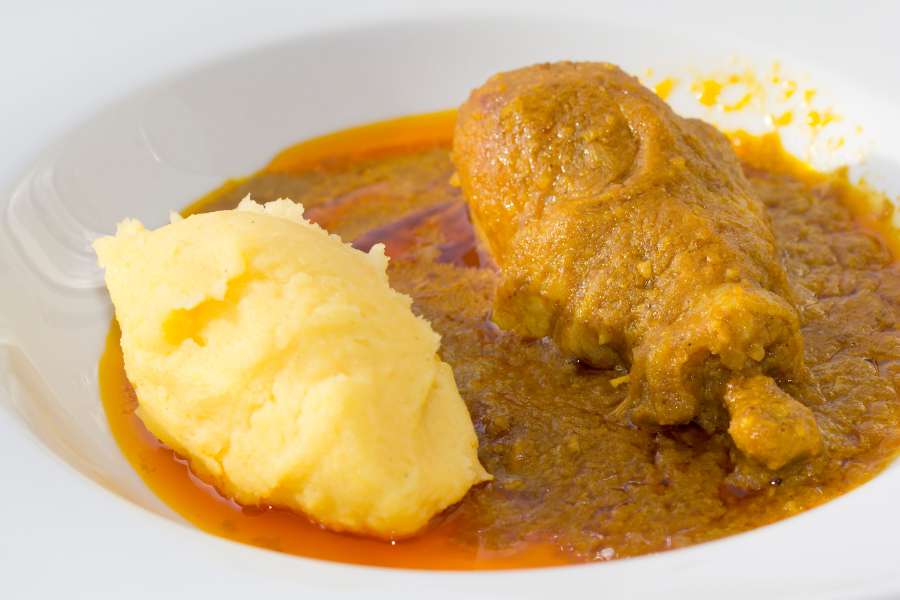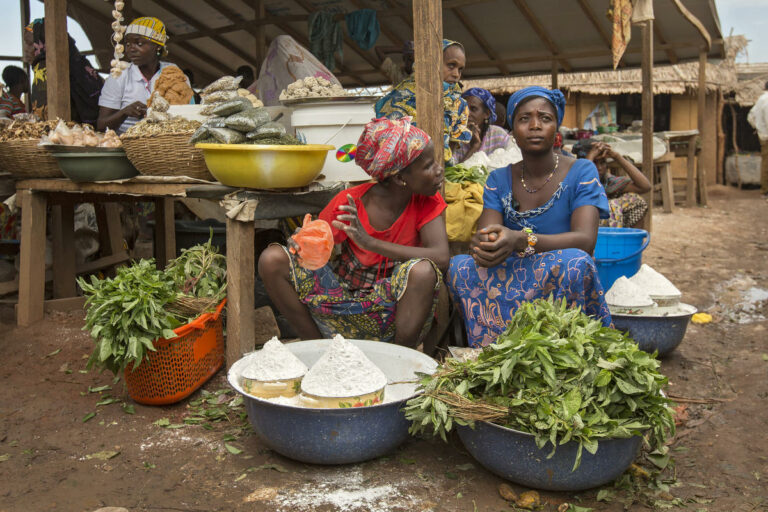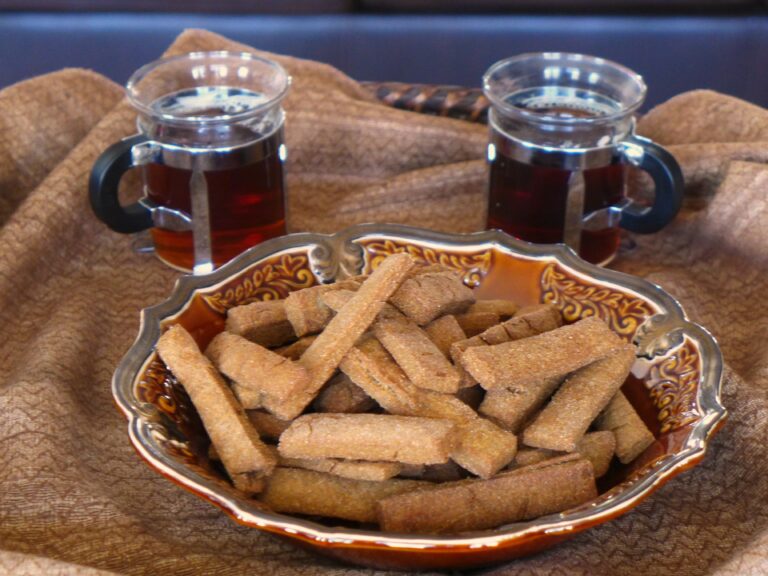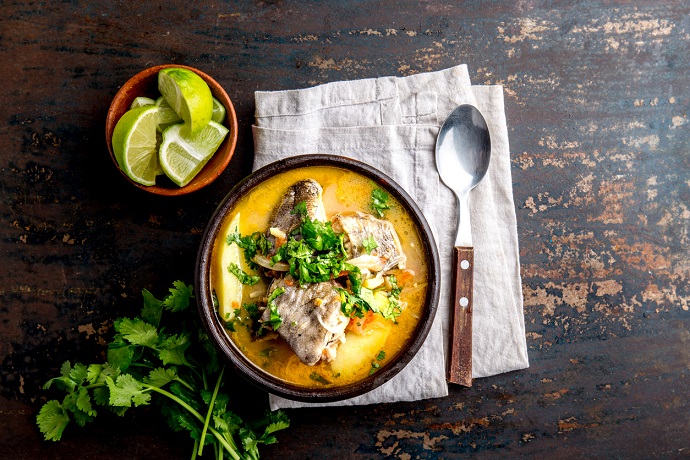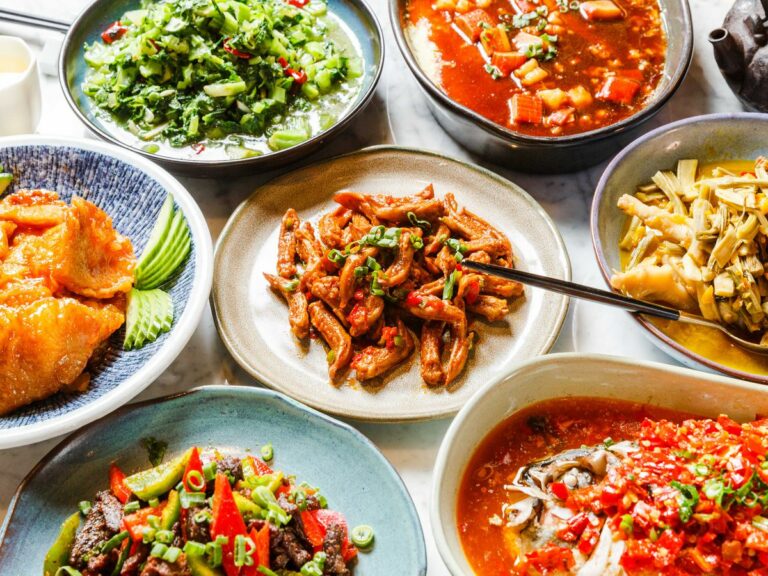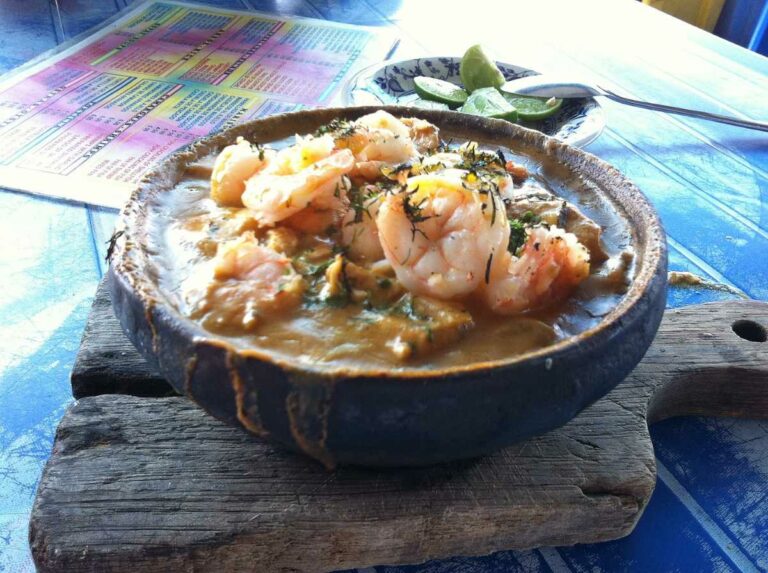Introduction: Canadian Beverages and Drinks
Canadian cuisine is a fusion of various cultural influences that reflect the country’s rich history and diverse population. From poutine and beavertails to butter tarts and tourtière, Canadian cuisine has a lot to offer. However, when it comes to beverages, Canada is not often top-of-mind. But, there are unique and distinctive Canadian drinks that are worth exploring. In this article, we will introduce you to some of the most iconic Canadian beverages and drinks that you must try.
Maple Syrup: Not Just for Pancakes
Maple syrup is a quintessential Canadian product known for its sweet taste and versatility. While it is often associated with pancakes and waffles, maple syrup is used in a variety of dishes and drinks. It can be added to coffee, tea, cocktails, and even beer. In Quebec, a popular drink is Caribou, a mixture of red wine, whiskey, and maple syrup, served warm. Maple syrup can also be used to create a unique and flavorful soda. Maple sap is heated and distilled to produce a thick, sweet syrup that can be diluted with soda water for a refreshing drink.
Clamato Juice: A Canadian Classic
Clamato juice is a savory drink made by mixing tomato juice, clam broth, and spices. It was invented in the 1960s in Canada and has since become a popular ingredient in cocktails, particularly the Caesar. The Caesar is a Canadian twist on the Bloody Mary, a cocktail made with vodka, tomato juice, spices, and garnished with celery. The Caesar uses Clamato juice instead of tomato juice and is garnished with celery salt and a pickled bean. This drink is so popular in Canada that it has its own national holiday on May 13th, called National Caesar Day.
Icewine: A Sweet and Unique Dessert Wine
Icewine is a sweet dessert wine made from grapes that were left to freeze on the vine. This process concentrates the sugar and flavors in the grapes, resulting in a rich and intense wine. Icewine is a unique Canadian beverage because of the country’s cold climate, which makes it possible to produce this type of wine. The most common Icewine varietals are made with white grapes such as Riesling, Vidal, and Gewürztraminer. Icewine is typically served as a dessert wine, paired with cheese, fruit, or dessert.
Caesar Cocktail: A Savory Twist on the Bloody Mary
Clamato juice is a savory drink made by mixing tomato juice, clam broth, and spices. It was invented in the 1960s in Canada and has since become a popular ingredient in cocktails, particularly the Caesar. The Caesar is a Canadian twist on the Bloody Mary, a cocktail made with vodka, tomato juice, spices, and garnished with celery. The Caesar uses Clamato juice instead of tomato juice and is garnished with celery salt and a pickled bean. This drink is so popular in Canada that it has its own national holiday on May 13th, called National Caesar Day.
Spruce Beer: An Early Canadian Beverage
Spruce beer is a traditional Canadian beverage made by fermenting the tips of spruce trees. This drink has a long history in Canada, dating back to the early 1600s when French explorers and fur traders introduced it to the Indigenous people. Spruce beer was brewed by the Indigenous people as a medicinal drink, used to treat scurvy, a disease caused by a lack of vitamin C. Spruce beer has a unique flavor, with a balance of sweet and sour notes, and a hint of spruce. Today, spruce beer is still made by some breweries and is often served in Quebec.
Caribou: A Warming Northern Delight
Caribou is a warm and spiced drink that originated in Quebec. It is made with red wine, whiskey, and maple syrup, and often spiced with cinnamon, cloves, and nutmeg. This drink is typically served hot and is a popular beverage during the winter months. Caribou is a traditional drink that is often served at festivals and events in Quebec, such as the Quebec Winter Carnival.
Conclusion: Canadian Beverages Worth Trying
Canadian cuisine may not be well-known for its beverages, but there are unique and distinctive drinks worth exploring. From maple syrup to Clamato juice, Icewine to Caribou, and spruce beer to Caesar cocktails, Canadian beverages offer a range of flavors and traditions. Whether you are looking for a sweet dessert wine or a spiced warm drink, Canadian beverages have something for everyone. So, the next time you visit Canada, be sure to try some of these iconic beverages and drinks.

